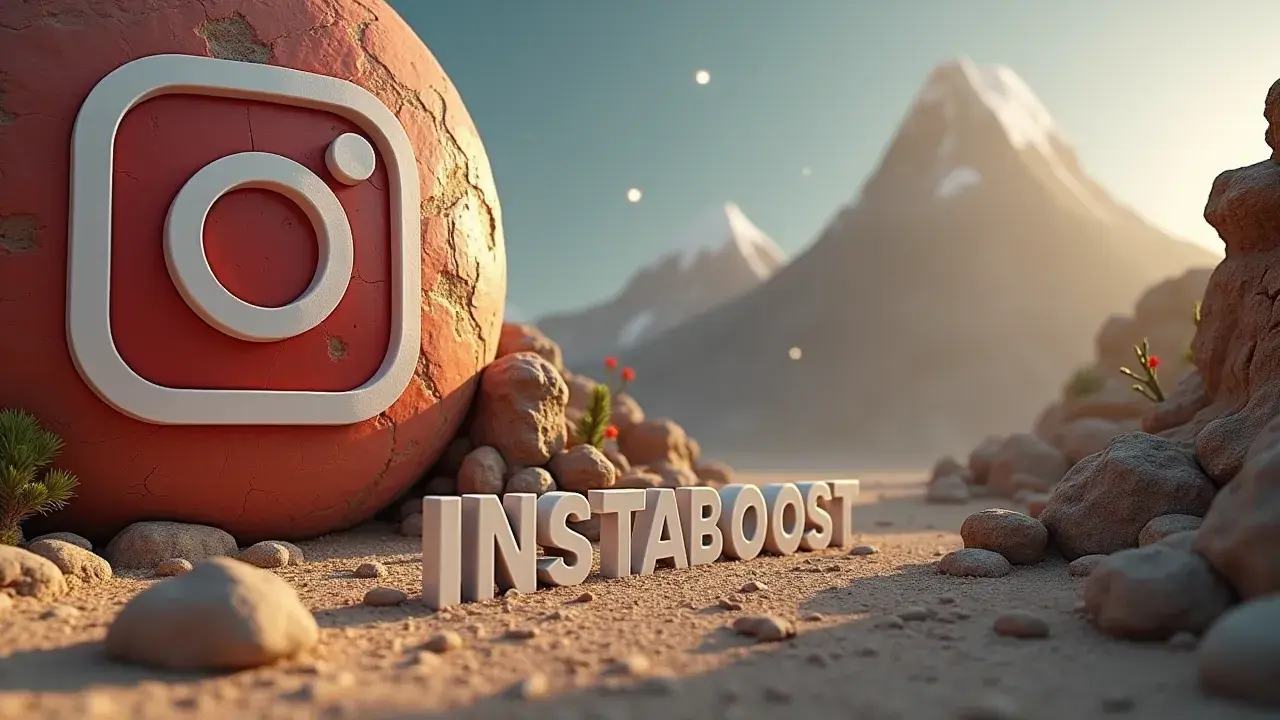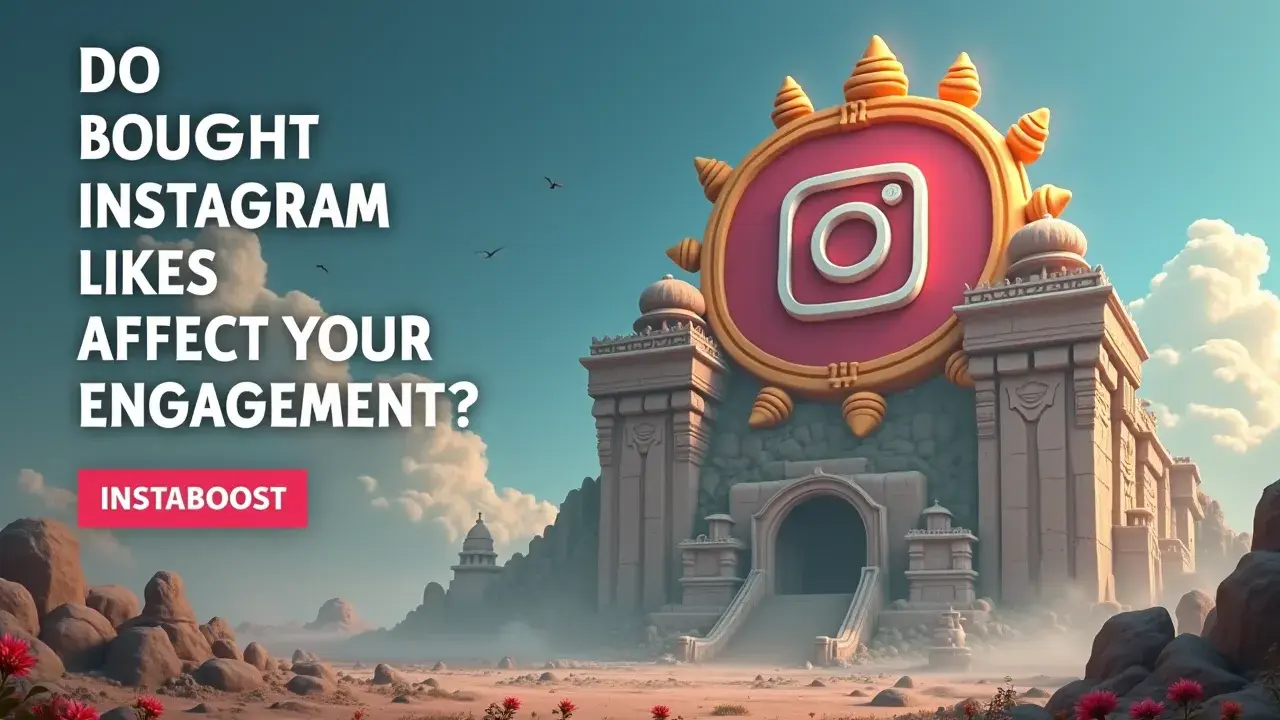Do Bought Instagram Likes Affect Your Engagement?
Bought Instagram likes can influence engagement by nudging early traction when paired with steady posting and clear captions. A modest spike in the first hour may draw more real viewers, but impact depends on content quality and consistency. Track saves and comments week to week to distinguish where paid likes support reach and where organic momentum sustains performance. The smart path is testing small boosts while refining posts to compound genuine interaction.
The Real Mechanic Behind “Bought Likes” and Engagement
When people ask if bought Instagram likes affect engagement, they’re really asking how the ranking system reads early signals. Instagram watches the first minutes and the first hour – how quickly activity shows up, how steady it looks, and whether it feels authentic – then decides how far to push your post. Paid likes can help that first checkpoint, but only when they match what the model already expects: a clear audience fit, on-theme content, and engagement that behaves like your real fans.
That points to reputable providers who deliver gradual, geography-appropriate activity rather than instant spikes, and to pairing the lift with elements that compound – comments that reference the post, creator collabs that bring overlapping followers, targeted promotion to warm audiences, and captions that invite meaningful replies, all of which support how to increase Instagram visibility through authentic behavior. If you run a small, timed boost alongside steady posting, you’re seeding early momentum that the algorithm can validate with secondary signals like saves, profile taps, and shares. The risk isn’t the purchase itself – it’s muddy data.
If the lift isn’t segmented, your analytics blur and you can’t tell whether content or timing drove reach. Fix that with clean tracking. Tag a few posts in a sprint, note minute-10 and hour-1 velocity, and compare retention signals over the next 48 hours. If saves and comment depth rise with the boost, you’ve found a productive lever. If reach jumps but replies stall, shift budget toward collabs or niche reels instead. The takeaway is simple. Likes work as a catalyst, not a substitute. Used with intent, they can accelerate discovery for posts already aligned to your audience, especially around launches or new formats. That’s where bought Instagram likes move from cosmetic to strategic.

Proof That Early Signals Translate to Real Reach
Trust isn’t built in big moments. It’s earned in micro-decisions. The platform reads those micro-signals fast – likes per minute, scroll-stops, comment depth, tap-backs, and saves – which is why “Do bought Instagram likes affect your engagement?” is really about whether added velocity can pass as authentic momentum. It works when the likes land inside your real audience window, match follower geography and device patterns, and arrive alongside retention signals like full carousel views, short-video replays, and saves. A qualified provider who can throttle delivery to mirror your usual cadence and audience mix can nudge the first-hour checkpoint, and that lift tends to hold when your content sticks to a clear theme and caption intent.
The smart path is a small, time-boxed bump as an accelerant while you secure real comments through creator collabs, targeted promotion to warm audiences, and DM seeding that invites specific replies; if that foundation is weak, nothing substitutes for patient groundwork to get organic Instagram followers through consistent themes and relevant conversations. Then measure like an analyst. Compare save rate, comment rate, and reach-per-like across control posts versus boosted posts. If saves stay flat while likes rise, the model will cap distribution on later impressions.
Clean analytics matter – tag boosted posts, avoid overlapping ad spend during tests, and run A/B schedules at the same hour across weeks. One useful edge is to prioritize comment quality over count by asking a question in the first line of your caption. When boosted likes show up alongside meaningful replies, the system reads consistency, not noise. Done this way, a measured buy can prime early momentum, and the compounding reach comes from on-theme content that keeps people watching, saving, and talking.
Operationalizing Early Momentum Without Muddying Your Data
Plans get praise. Systems get results. Treat bought Instagram likes as one input in a measured system, not a magic switch. The aim is to nudge the first-hour checkpoint while protecting signal quality. Map your audience window – time zones, active minutes, device mix – then throttle delivery to mirror real patterns and keep velocity smooth, not spiky. Pair that bump with retention signals the ranking model trusts: full carousel swipes, 3 – 5 second video replays, saves driven by a clear utility hook in the caption, and a handful of real comments seeded through creator collabs or a DM list.
If you run paid support, aim targeted promotion at the same lookalike cohorts your organic content already reaches. Broad, low-quality blasts dilute the model’s read. Keep a clean analytics lane by tagging experiments; some teams even note the provider in-line, whether internal or a tool such as buy likes for your Instagram app, so post groups stay comparable over time. Isolate 3 – 5 posts per week where a reputable provider matches geography and cadence, and compare saves-per-reach, comment depth, and tap-backs against untreated posts. If metrics rise without odd device clusters, expand. If you see reach with no saves, shift budget toward content angles that earn intent.
Cap purchased likes to a small percent of expected organic – 10 – 25% for most accounts – so the velocity reads authentic. Rotate formats – Reels with quick loops, carousels with a save-for-later frame – and keep themes tight so the system can predict who will care. This is how bought likes work in your favor: align with audience fit, preserve clean data, and reinforce real behaviors. When those safeguards hold, a qualified provider can unlock early momentum that compounds through saves, comments, and discoverability in Explore and hashtag surfaces, improving engagement rate without eroding trust.
When Extra Likes Backfire – and How to Keep the Lift
Let’s slow down and question the obvious. If bought Instagram likes always helped, every account would skyrocket. The catch is that mismatched velocity can trip the ranking layer that compares your first-hour ratios with your own historical patterns. When likes land outside your audience’s timezone, on off-brand devices, or without companion signals like saves, replies, and tap-backs, the system can tag the session as low retention and your reach can flatten. The smarter path is to treat paid likes as timing, not a vanity score. If you align delivery to your audience window and pair it with real comments from creator collabs or micro-influencer replies, a pinned question in the caption, and a carousel that rewards swipes with a reveal on frame three, you can turn early momentum into credible watch behavior.
That protects your testing loop, so you’ll see saves per impression, comment depth, and story taps hold or climb instead of masking weak content. For searchers asking “do bought Instagram likes affect your engagement,” the answer is yes when you enforce safeguards. Use a qualified provider who can throttle in small batches, match geography, and pace likes alongside targeted promotion that reaches lookalikes; some teams also buy views for Instagram engagement to keep early watch signals consistent with like velocity. Keep analytics clean by isolating variables. Apply the boost to one post in a series, keep creative consistent, and measure retention-led metrics week over week. If lift shows up where it matters – reach to non-followers, saves, profile visits – you’ve validated fit. If not, recalibrate the hook, caption intent, or posting window before scaling. The lever works when you treat it as calibrated acceleration in service of sticky content, not as a substitute for it.















